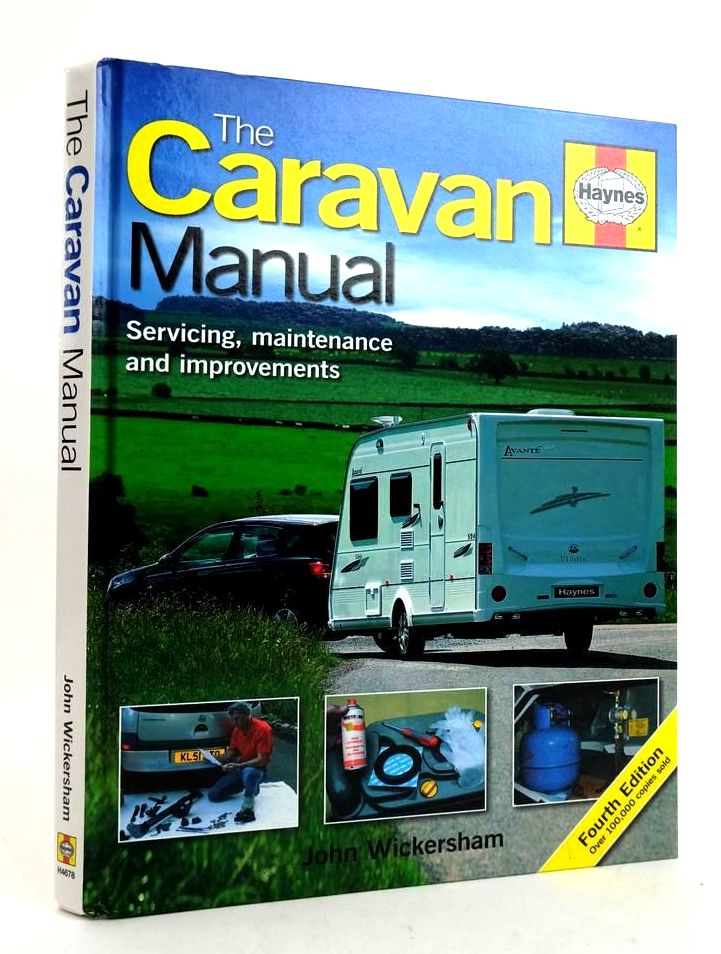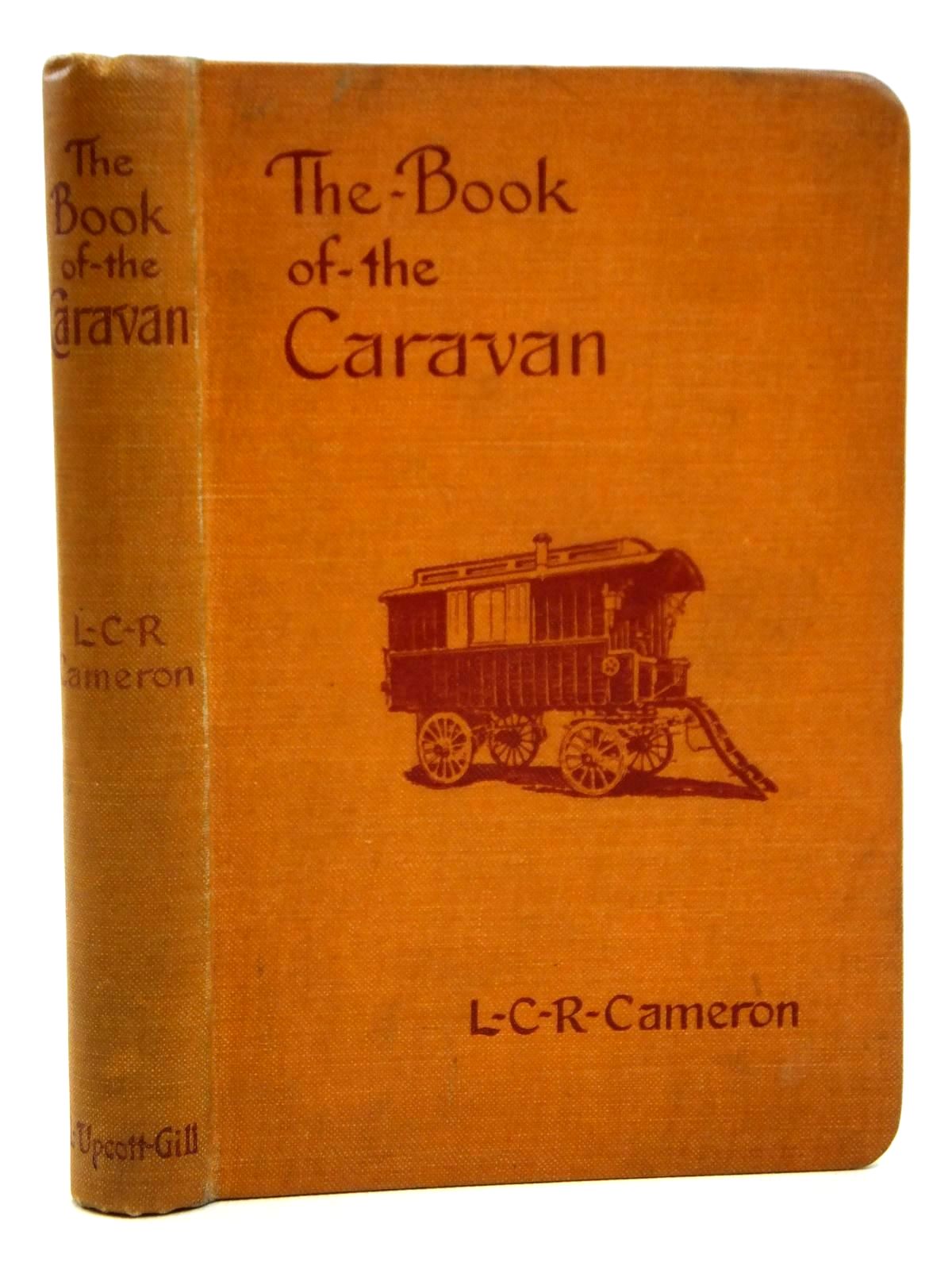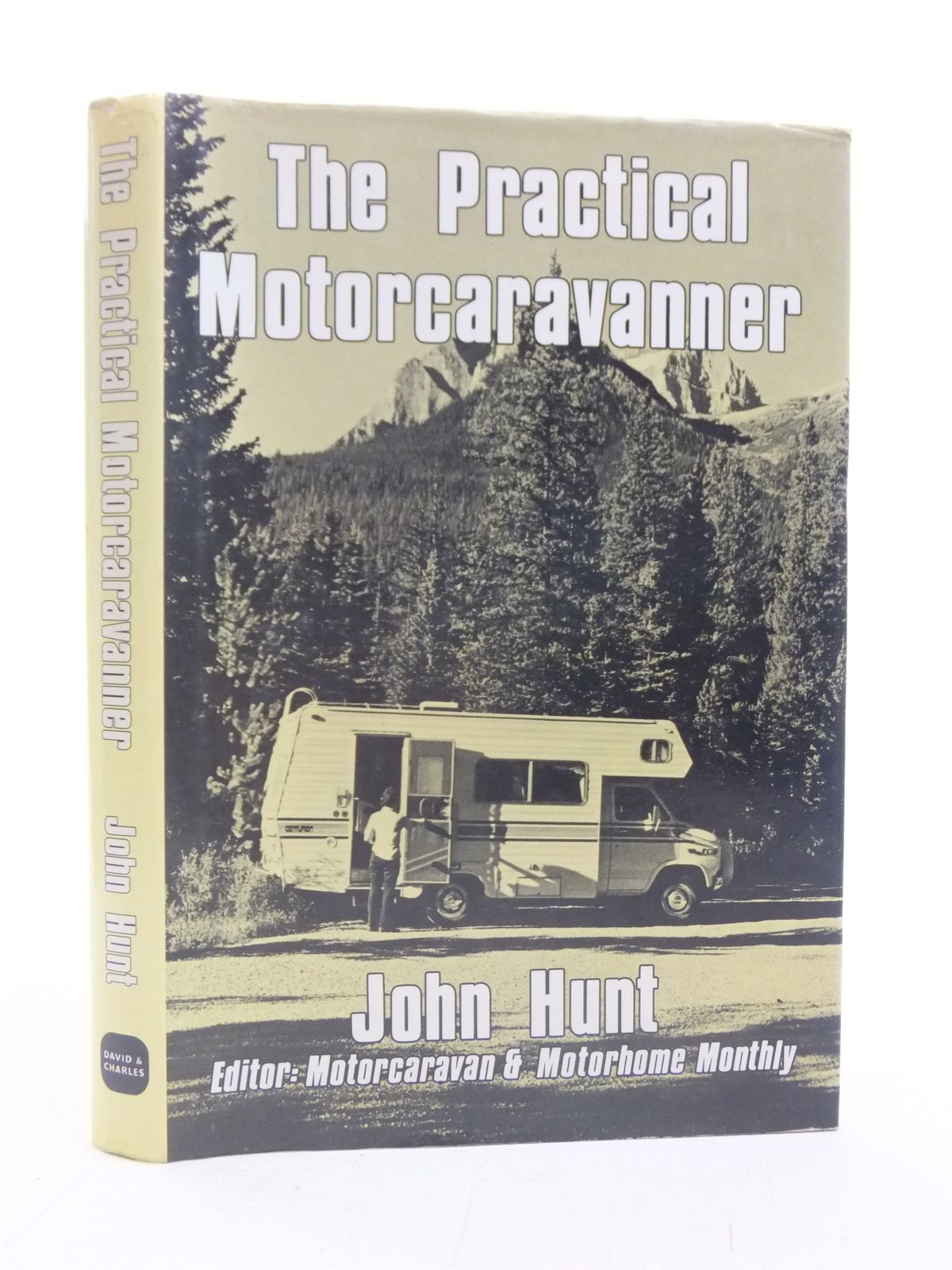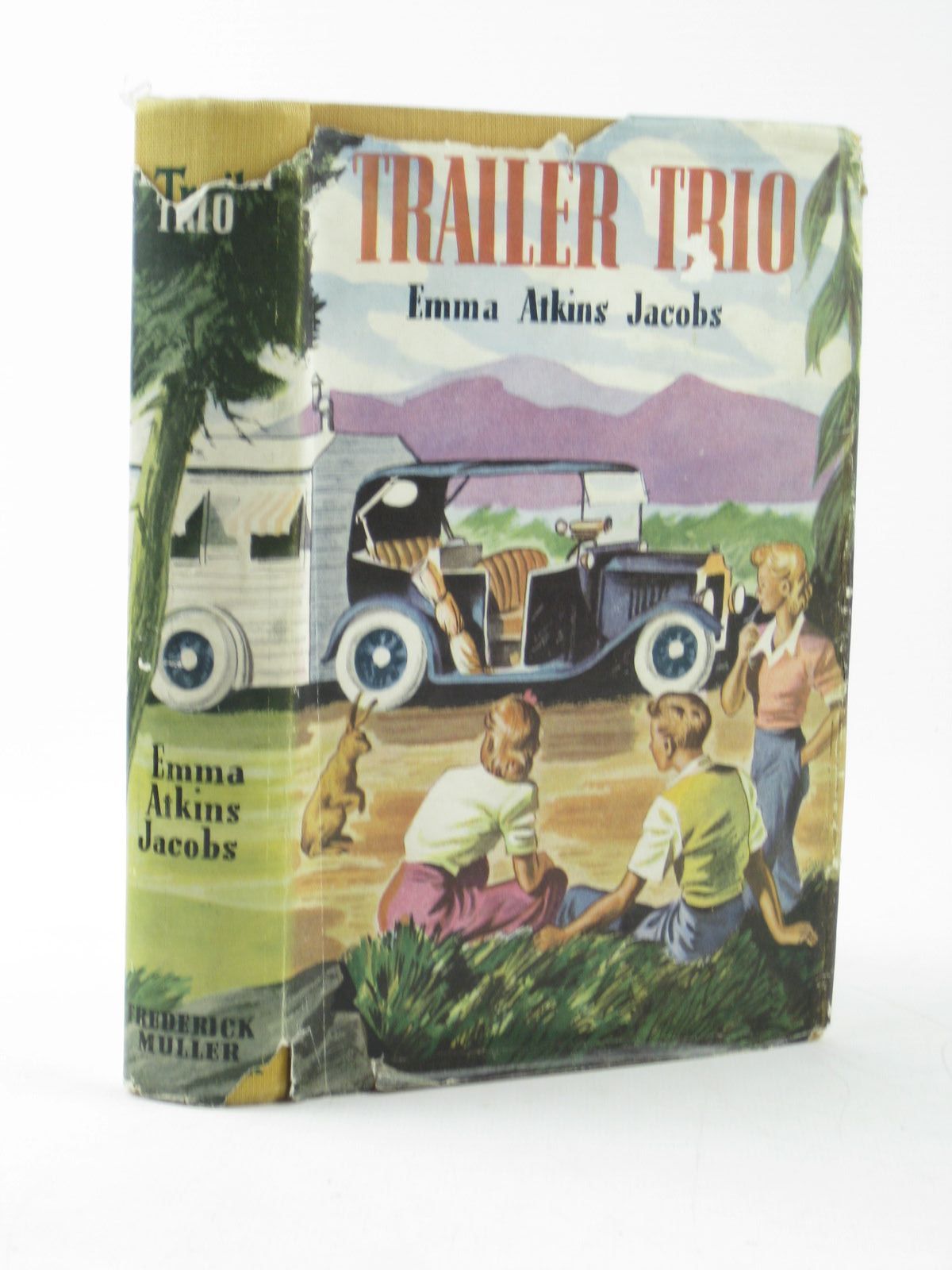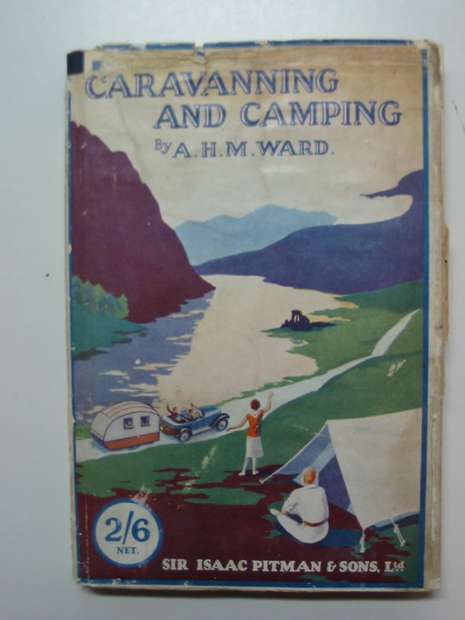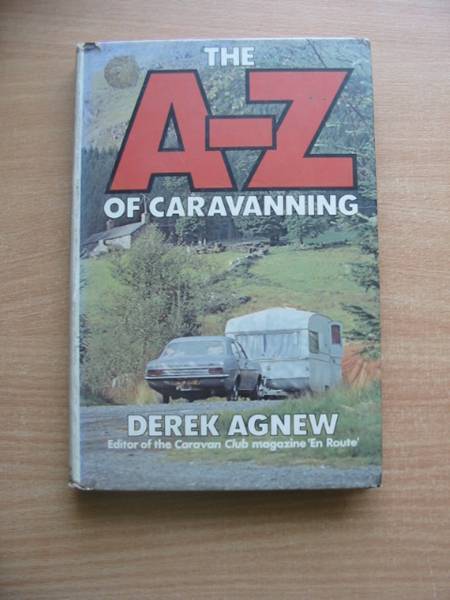Caravanning and Camping by A.H.M. Ward
 Those of you who know us personally will remember that three years ago my husband Cliff and I sold our house, gave away most of our possessions, bought a truck and fifth wheel trailer and became nomads! We have since toured through France, Spain and Portugal and loved every minute of it, which is why this particular book caught my eye – Caravanning and Camping – but in 1933! I wondered how much has changed in the last 80 years since the book was published.
Those of you who know us personally will remember that three years ago my husband Cliff and I sold our house, gave away most of our possessions, bought a truck and fifth wheel trailer and became nomads! We have since toured through France, Spain and Portugal and loved every minute of it, which is why this particular book caught my eye – Caravanning and Camping – but in 1933! I wondered how much has changed in the last 80 years since the book was published.
The concept of caravanning as a leisure pastime was unheard of until the Scottish author Gordon Stables, having admired the gipsy wagons in his neighbourhood, embarked on a life as a self-styled Gentleman Gipsy. The two-ton 'Land-Yacht Wanderer', a Pullman carriage drawn by two horses, was designed by Stables and built by the Bristol Waggon company. In 1885 Stables set off on his journeys of 1300 miles taking him around England and finally to Inverness in Scotland. But that's a subject for another article – back to our book of Caravanning and Camping in 1933.
I was pleasantly surprised at how readable this book is. It consists of 8 chapters, each dealing with a different aspect of camping, followed by helpful appendices and tables. It is packed with fascinating black and white photographs and diagrams, plus interesting adverts, such as the one advertising the County Caravan – 'the only caravan you can tow from either end'! And the one for the Elsan Chemical Closet which you could have on a 30 day free trial. I wonder what they did with the ones returned after the 30 day trial??
The first chapter describes the principal camping districts by country and county and advises that those who contemplate camping in the British Isles must not be afraid of occasional rain – not much change there then! Details are given of the types of country, scenery, roads and climate. 'The coasts of Kent and Sussex may be accepted as being ruined for camping, all attractive pitches near the sea being now spoilt by bungalows and shacks of the worst order, and no privacy exists.'
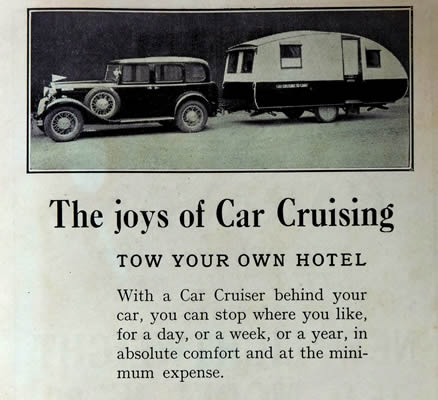
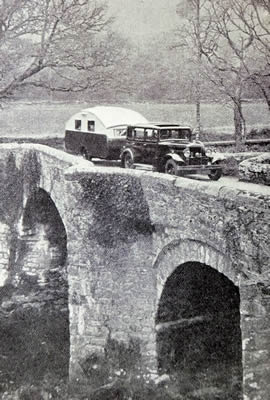
The English Lake District fares better - 'the wise camper will seek out some quiet corner in a mountain valley by the side of a rushing beck'. However, be warned – the roads are 'often narrow and tortuous, and the gradients on the passes often severe. If touring with a trailer or caravan, the driver will be well advised to be sure of the car's ability to climb a grade before attempting it as some passes are quite impractical for a car with a heavy load'. Fortunately the author has helpfully included a 'Useful List Of Steep Hills on the Principal Roads of England, Wales, Scotland and Northern Ireland'.
And then we come to Scotland where 'in parts of the Western Highlands and the north-west even the main roads are often little better than cart tracks with atrocious surfaces. High speeds are impossible on such roads if safety is to be assured and breakage avoided. When planning a day's run with a car and trailer an average speed of 10 to 12 miles per hour should be allowed for if the camper wishes to reach his destination at the estimated hour.' On the subject of speed, Appendix I tells us that 'the speed limit applicable to a private motor-car drawing a trailer is 20 mph', however, if the trailer has two wheels (as opposed to four I assume, rather than one!) and 'both the trailer and towing vehicle are fitted with pneumatic tyres, a speed of 30 mph is permitted'. I wonder how the motorists of yesteryear would fare today!
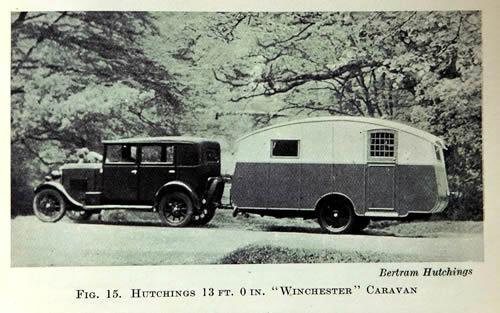
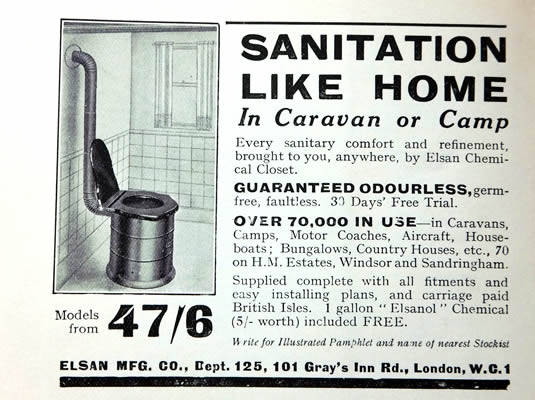
The next chapter deals with modes of transport – car and caravan, horse-drawn caravan, motor-cycle, pedal bicycle, tramping on foot, pack pony and boat, and discusses the advantages and disadvantages of each. Then follows an extensive and interesting chapter on caravans and trailers with comprehensive information on design, construction and mechanical details. The design of the caravan interior is given a lot of attention and I was amused to note the following: 'Lavatory. Personal washing accommodation requires careful consideration. Basins with a folding support are usually fitted to small caravans but are not altogether satisfactory, as it is difficult to avoid splashing the walls – it is best to use a large enamel basin placed on a piece of waterproof American cloth spread on the table... For a bath a separate bath-tent is necessary, where splashing can be indulged in'. So the term lavatory in 1933 just meant washing facilities, not the toilet as we know it today. The author continues - 'Sanitary arrangements are better kept entirely separate – to carry the latrine tent there should be a locker beneath the floor if practicable.'
There is a comprehensive caravan equipment inventory list, nothing has been forgotten. It includes an axe - 'American type with long handle', (presumably used to cut wood for the fire), shoe brushes and polish - black and brown (it obviously wasn't the done thing to be seen with unpolished shoes), a whistle to call the family in for meals, a canvas or rubber bath, and a dog leash (if you have a dog of course!)
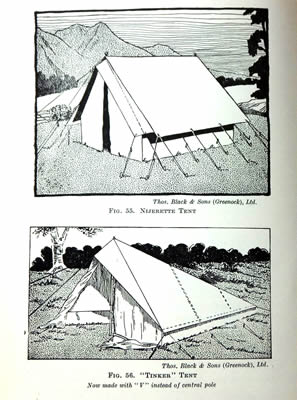
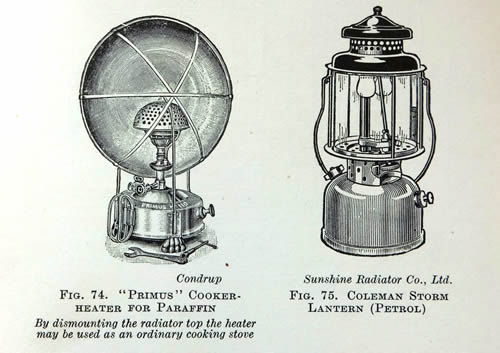
Chapter four is all about tents – selection, class of camping, weight permissible, accommodation required, type of country and climate and, last but not least, class of camper. Many different types of tents are described and illustrated with hints on how to pitch and maintain them. Regarding the 'class of camper' the author notes: 'This is almost the most important consideration of all. Hardy youth, particularly if the exchequer is limited, will submit, gladly, to conditions which women, and campers of more advanced age, would regard as discomfort and privation, and would prefer to avoid by having better equipment, even if more weighty and bulky'.
A lengthy chapter details the equipment required with comparisons of various types of stoves – wicked, wickless, paraffin and petrol and how to use them. The section on men's clothing advises one to 'take an old knicker suit' the trousers of which 'should not be of the “ultra plus four variety” as the surplus material below the knees gets soaked and is difficult to dry'. In addition, 'a pair of shorts are most useful when one does not aspire to a kilt'!
The chapter on camping life has a section on Asking Leave, Camp Manners, Payment and Farm Produce'. It is clear from the text that camping in 1933 mainly involved finding a pitch in a farmer's field somewhere and there are a lot of do and don'ts comparable to the 'Country Code' of today. When asking permission to camp on farmland, the author notes that 'Farmers, as a class, are extremely hospitable, but are often slow and careful in thought, and, as they make their livelihood out of the land, naturally may view requests with a certain amount of suspicion until convinced that the camper will not take advantage of them'. As I read this I had visions of the stereotypical country yokel with a straw in his mouth going 'Ooo aaar' with a west country accent!
The same chapter has lots of information on outdoor living such as how to light fires, find pure water, deal with wet clothes and camp pests (mosquitoes and midges mainly, not noisy children!)
There is even a whole half-page on how to do the washing-up!
The final sections deal with first aid, stores and catering, how to cook and recipes to follow – anyone for suet pud, junket or toad in the hole?
I found this a enjoyable and interesting book to read, highly entertaining in places, educational in others and also enlightening as to the camping experience as it was 80 years ago.
Contributed by Chris
(Published 1st Nov 2015)


